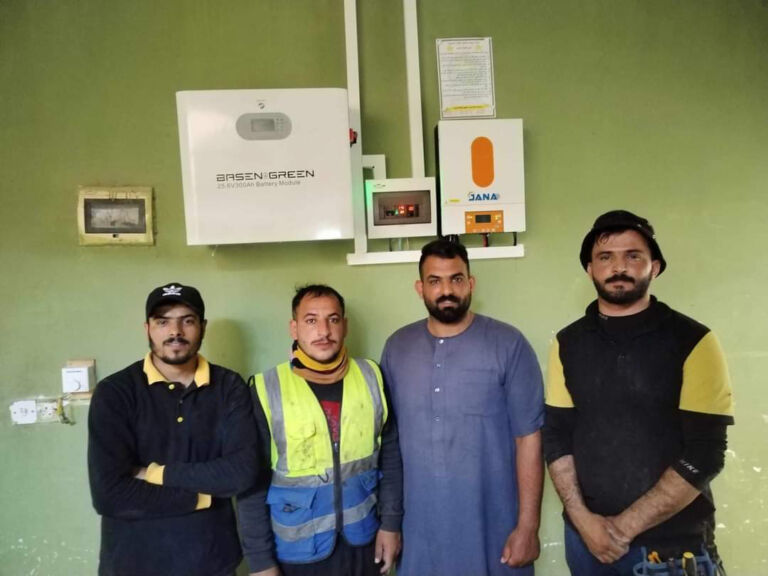How Much Are Battery Storage: A Guide to Understanding the Costs

What is Battery Storage?
Battery storage is a technology that allows for the capture of energy produced during times of low demand or low cost and the use of that energy at a later time. It is an essential part of the transition to renewable energy sources such as solar and wind power, as it allows for the storage of excess energy that can be used when these sources are not generating power.Factors Affecting the Cost of Battery Storage
The cost of battery storage can vary widely and is influenced by several factors. These include the type of battery, the size and capacity of the system, the installation and maintenance costs, and any additional features or components. In addition, the cost of battery storage can be influenced by market conditions, subsidies and incentives offered by governments, and technological advancements.
Types of Battery Storage Systems
There are several types of battery storage systems available, each with its own costs and benefits. These include lithium-ion batteries, lead-acid batteries, flow batteries, and sodium-sulfur batteries. The choice of battery type will depend on factors such as the intended use of the system, the available budget, and the specific requirements of the installation.Lithium-ion Batteries
Lithium-ion batteries are the most common type of battery storage system and are widely used in residential, commercial, and industrial applications. They are known for their high energy density, long cycle life, and relatively low maintenance requirements. However, they can be more expensive than other types of batteries.Lead-Acid Batteries
Lead-acid batteries are a more traditional type of battery storage and are well-suited to applications with lower power demands. They are typically less expensive than lithium-ion batteries but have a shorter lifespan and lower energy density.Flow Batteries
Flow batteries are a newer technology that offers the advantage of being able to scale up energy capacity without increasing the size of the system. They are often used in large-scale energy storage applications and are known for their long cycle life and high efficiency. However, they tend to be more expensive than other types of batteries.Cost Considerations
When considering the cost of battery storage, it is important to take into account not only the upfront purchase and installation costs but also the long-term costs of maintenance and replacement. In addition, it is crucial to consider the potential savings and revenue generation that can be achieved through the use of battery storage, such as peak shaving, demand response, and the ability to participate in energy markets.Market Trends and Future Outlook
The cost of battery storage is expected to continue to decline as the technology becomes more widespread and production scales up. In addition, advancements in battery chemistry, manufacturing processes, and economies of scale are likely to drive down costs even further in the coming years. As a result, battery storage is expected to play an increasingly important role in the transition to a cleaner, more sustainable energy system.In conclusion, the cost of battery storage can vary widely depending on a variety of factors, including the type of battery, system size, installation and maintenance costs, and market conditions. It is important for consumers and businesses to carefully consider these factors and weigh them against the potential benefits and savings that can be achieved through the use of battery storage. With the continued advancement of technology and the increasing adoption of renewable energy sources, the cost of battery storage is expected to become more affordable and accessible in the future.


